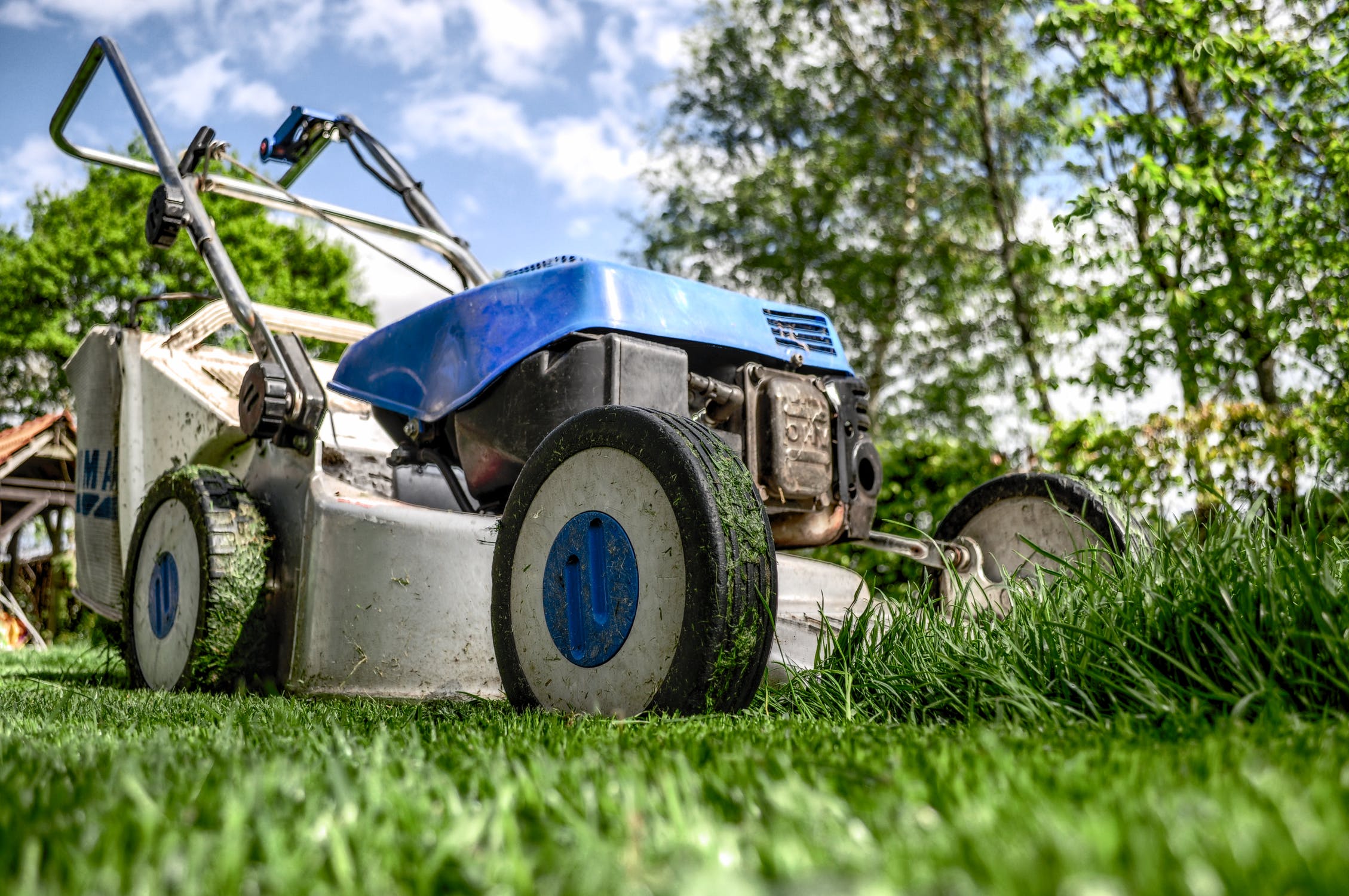String trimmers are everyday household items these days. There are only a handful of owners, who know how to use them properly or take good care of them. There might be several types of weed eaters, but the basic safety and care guidelines are the same for every user. Knowing the safety guidelines prevents unwarranted injuries and also keeps the string trimmer in excellent working condition for a very long time.
If you are interested in making the best of your weed whacker, stick around to read more…
How’s the day?
Avoid trimming your lawn on a wet day bears many risks. You might slip, fall and end up hurting yourself. The wet grass will prevent the trimmer from working at full capacity. It can permanently damage the blades. If your cable is not as reliable, you can risk a short-circuit in the process.
Adjust to your comfort level
Thankfully, the advancement in design and technology has brought us trimmers that can accommodate different shaft height adjustments. Try to maintain proper balance, while ensuring a safe distance from your body. When in doubt, give the owner’s manual a good read.
Don the safety gears
Safety goggles, sturdy pair of gloves, long-sleeved shirts and long pants are necessary to protect yourself from potential flying debris.
Maximize the output
Some trimmers pay line when users tap the head gently on the grass. Never touch it against asphalt or cement, since hard surfaces can wear the head down. Only use the cutting line the company owner manual recommends. It will give you the best performance. Do not substitute a wire or rope for nylon trimmer lines. Not all heads support all lines and incompatible lines can break easily risking injury.
The method of trimming
Yes! There is one correct way of trimming grass. To achieve that, first ensure that you are walking in the right direction. Sweep the head from right to left as you walk. Cut the grass in short strokes from top to the roots. It might take you more than one tries to cut the whole plant, but being patient often yields better results.
Heavier weeds and bushes need metal blades
Your trimmer line might not be enough to cut thick grass and heavier weeds. You need to resort to sharp metal blades to keep the output even. While using the blades, make sure your posture gives you enough balance, and your feet are apart. In case the blade strikes a solid object it will not bounce on your feet.
Final leg of care
Once you are done clearing out the weed, it is time to clean the weed eater. Wash the trimmer and get into the deep with a brush. Using a brush will get the grass clippings and lodged debris off. 2-cycle trimmer owners are lucky! These trimmers do not leak fuel, and you can store them any way you want. Always unplug the power cord before stowing it away or checking the insides for damage.
Trimmers are very necessary to get rid of unwanted flora that disrupts your curb appeal. So, you need to make sure that the weed eater is always in excellent working condition.



















